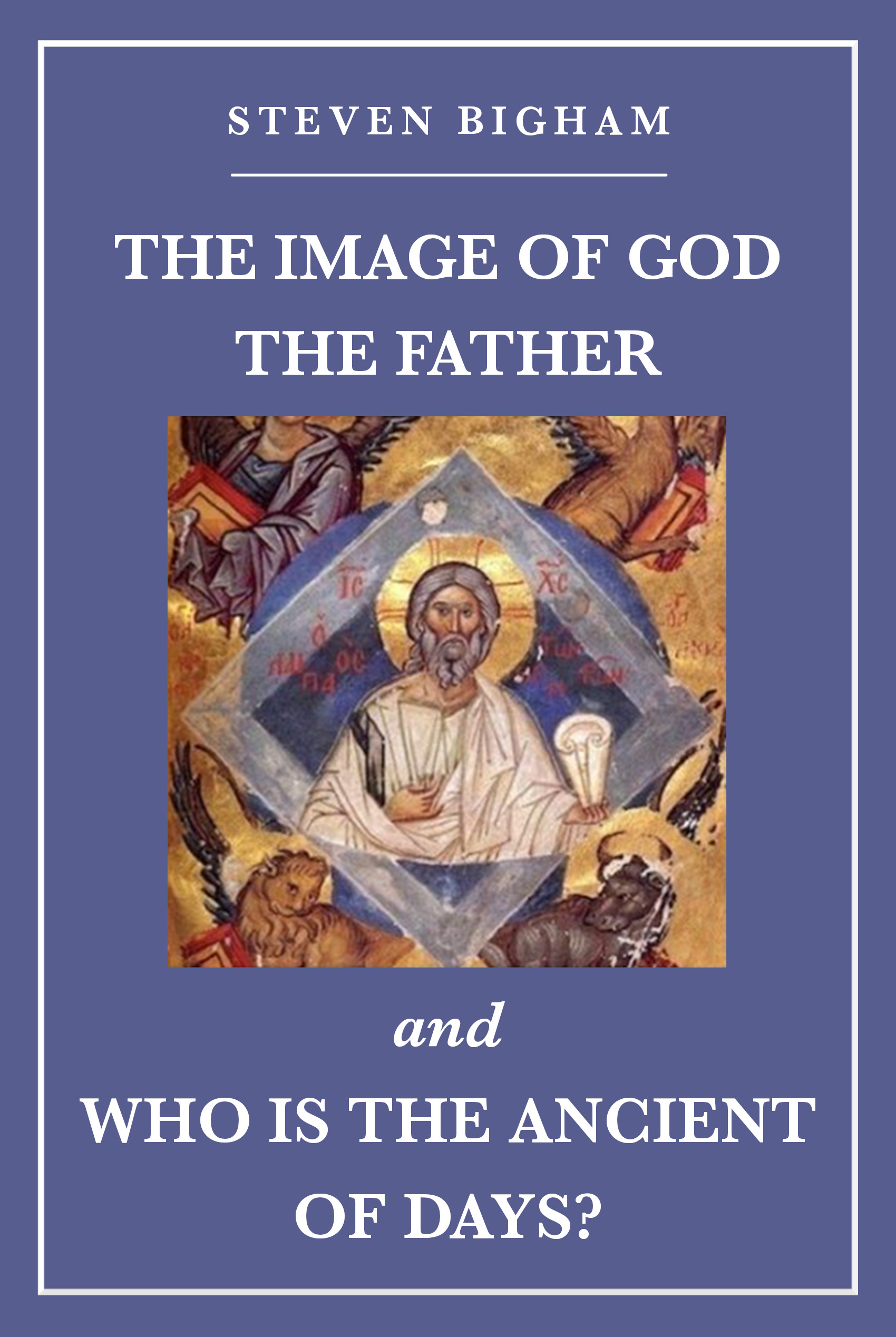
The Image of God the Father and Who Is the Ancient of Days
The first part of this book is a revision of one of a similar name: The Image of God the Father in Orthodox Theology and Iconology; new colored images have been added to this edition. The second half deals with the identity of the mysterious figure, the Ancient of Days, who appears in the prophet Daniel’s vision as told in Dn 7:9-22. Who is he?
Description
The first section of this book deals with seeing God and making an image of him: what is permissible, what is not and why? Starting with the Old and New Testaments, this study details the various theophanies—divine manifestations—in the Bible. How did the prophets and apostles see God? This is important because it is on the basis of the principle of “what is seen can be represented in an image” that representations of God have been justified. How do the Church Fathers understand seeing God? After examining the Scriptures, the author analyzes their opinions on the matter to see if there is a consensus patrum. Since the Iconoclastic Crisis dealt specifically with the question of whether an image of God can be made, the Council of Nicaea II, 787, which established the Church’s dogma of images, is scrutinized to see what it said about making an image of God and on what theological justification. For the Orthodox Church, liturgical texts—the poetical words of prayer—are a source manifesting the mind of the Church. What do they say? Three Russian councils also dealt with this question, so it is relevant to see what decisions they made. Do Catholic and Protestant Christians have images of God, and what kind; what theological justification do they give? And finally, the witness of Christian art is brought to bear on the question. What do centuries-old, Christian images say about the image of God? After the analysis of all these sources, the first part of this book comes to the conclusion that the only permissible image of God is one of the incarnate Logos, Jesus Christ.
The second half of this work deals with a related subject: the identity of the Ancient of Days, that mysterious figure who appears in the vision of the prophet Daniel as told in Dn 7:9-22. This divine manifestation has been identified as an appearance of God the Father, and therefore, according to the principle of “what is visible is representable in an image,” it is possible to make an image of the Father because he showed himself to Daniel as the Ancient of Days. Are this interpretation and the resulting images of the Father legitimate, according to Orthodox iconology? This study attempts to answer this question. Naturally, this first thing to examine is the Scriptures, so an in-depth analysis of Dn 7:9-22 is made followed by one of the theophanies in Revelations which use much the same imagery. Again, what do ancient Christian authors say about the identity of the Ancient of Days; who is he? Again, the witness of liturgical texts and Christian art are taken into account. The conclusion of this study is the following: Since the Ancient of Days is the eschatological Judge, he can only be Christ the pre-incarnate Logos. Two excursuses follow the conclusion: Theological Errors Involved in the Ancient of Days=God the Father and The Debate Within Roman Catholicism. Then, six annexes containing the relevant texts of six authors: Irenaeus of Lyons, Hilary of Poitiers, Augustine of Hippo, Thomas Aquinas, Thomas Netter of Walden and Alberto Pio.
